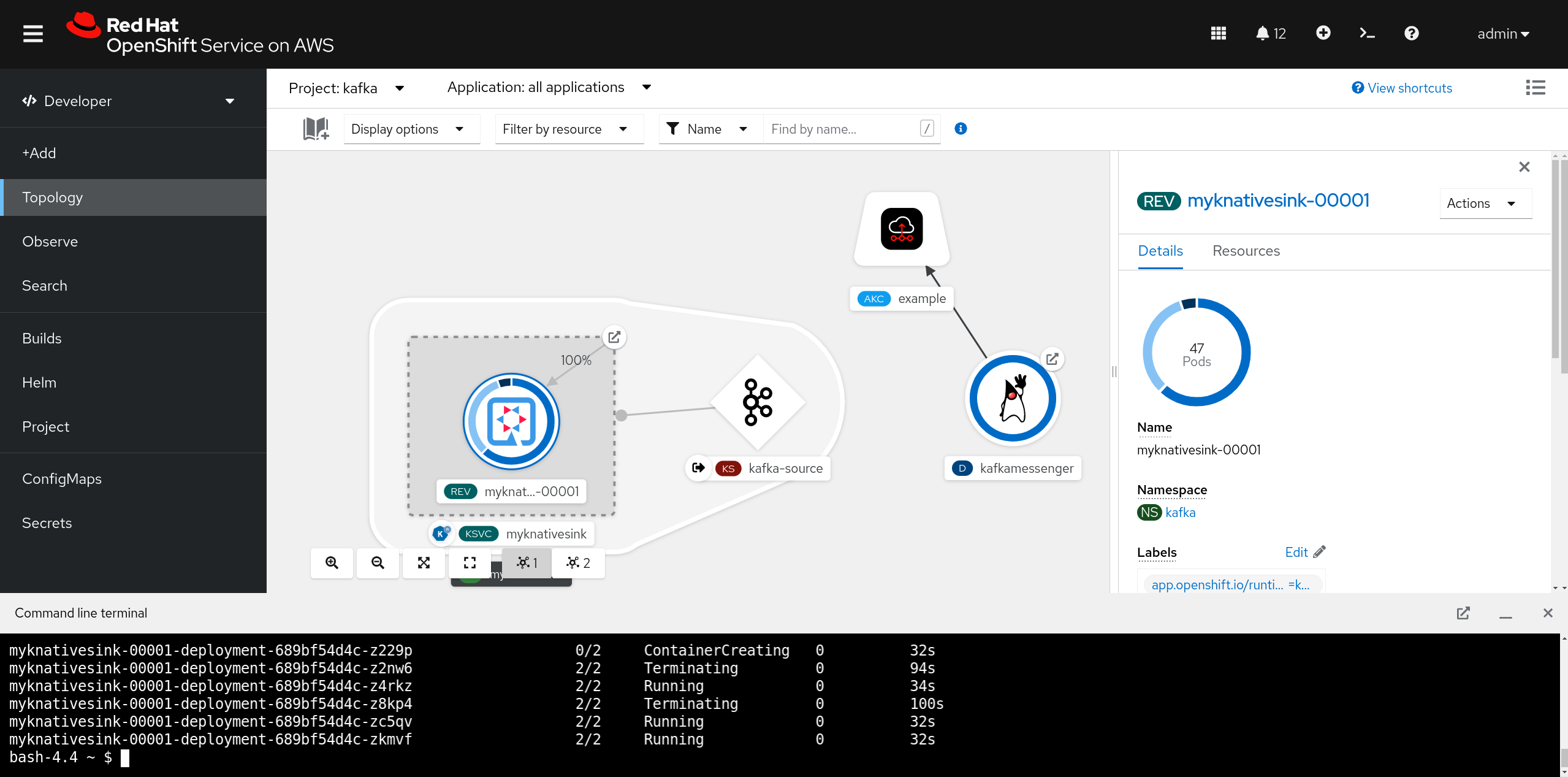As Red Hat Summit 2022 approaches, we are excited to announce that our session, The Red Hat cloud way: Event-driven, serverless, distributed cloud services to support modern apps, will be part of the developer track.
This session will explore Red Hat Cloud Services and Red Hat Application Services to provide a walkthrough of Red Hat's cloud strategy with application development and cloud-native models.
We'll go on a journey of developing a microservices-based application using Red Hat OpenShift Streams for Apache Kafka and Developer Sandbox for OpenShift to support serverless, event-driven, on-demand workloads, which could be be used in IoT, edge computing, and big data. The process involves four simple steps, illustrated in Figure 1:
- Create a Kafka cluster in the cloud. With OpenShift Streams for Apache Kafka, you get a new cloud-based Kafka instance in less than three minutes. You can try it at no cost for 48 hours.
- Get your dev environment in the cloud. With Developer Sandbox for OpenShift, you get a private OpenShift environment in a shared, multi-tenant OpenShift cluster that is pre-configured with a set of developer tools. You can try it for free for 30 days and renew at no cost.
- Create and connect your apps: Create apps easily with the OpenShift web console and Developer Tools. The web console helps you create apps from existing container images, source code, a Helm chart, or a JAR file. With the Service Binding Operator, you can connect objects like databases of Kafka clusters with a simplified and Kubernetes-native procedure.
- React to events with serverless auto-scaling patterns. Scale up your apps proportionally to your business needs and optimize resource consumption with Red Hat OpenShift Serverless. Connect Kafka events, databases, or external sources to highly-available, event-driven on-demand scenarios.

Join our session to discover more and see a practical demo (Figure 2) that will show you how Red Hat Cloud Services and Red Hat Application Services can help connect clouds and boost your productivity!

